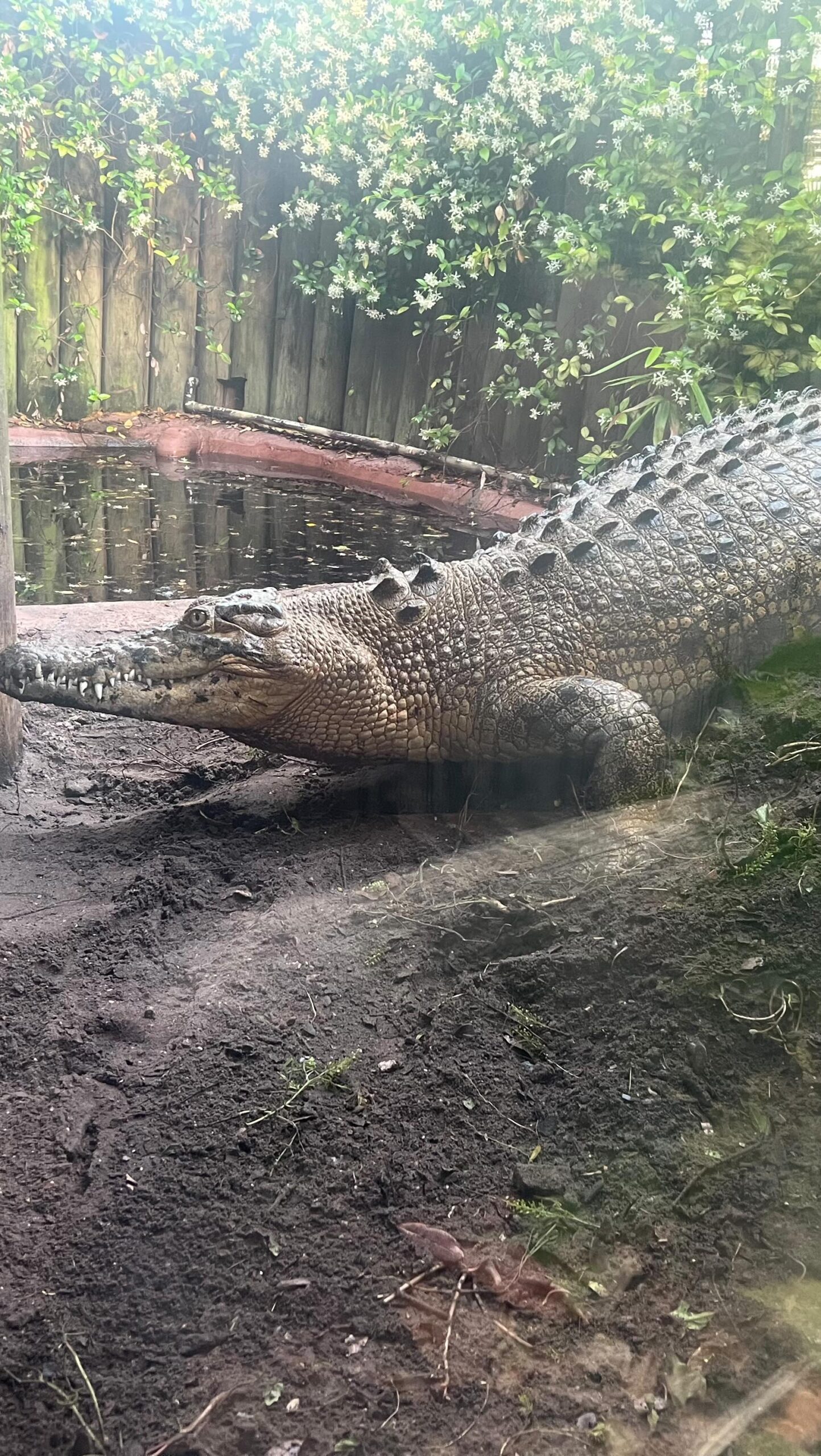- Understanding crocodilian nesting behavior: mound and hole nests
- The reproductive habits and characteristics of saltwater crocodiles
- An introduction to Maximo and Sydney, the stars of our story
- The role of zoological management in wildlife conservation
- The importance of conservation efforts for crocodilian species
Crocodilian species exhibit fascinating nesting behaviors, constructing either large mounds or digging holes. These nests are essential for the survival of their offspring, serving as both incubators and protective spaces. Among these species, saltwater crocodiles, including individuals like Sydney, are known for creating mound nests. These nests are meticulously built using vegetation and dirt, offering a stable environment for egg incubation.
Saltwater crocodiles are apex predators, known for their considerable size and strength. These reptiles can grow up to 23 feet long and weigh over 2,200 pounds. Their nesting behavior is particularly intriguing, as it plays a crucial role in their reproductive success. Female saltwater crocodiles, such as Sydney, invest significant effort into constructing mound nests. The mounds are typically composed of plant material and soil, which naturally generate heat through decomposition, thereby incubating the eggs. This natural incubation process lasts about 80 to 90 days.
Maximo and Sydney are prominent figures in the realm of crocodile conservation and research. Maximo, a colossal saltwater crocodile, often draws attention due to his sheer size and presence. Meanwhile, Sydney, a female saltwater crocodile, represents a critical aspect of understanding the nurturing instincts of these reptiles. Her role in the captive breeding programs aids researchers in gathering vital data on reproductive habits and behaviors.
Zoological management plays a significant role in wildlife conservation, especially for endangered species like saltwater crocodiles. Effective management strategies include habitat design that mimics natural environments, dietary plans tailored to specific needs, and health monitoring. By maintaining animals like Maximo and Sydney in controlled settings, researchers are able to conduct studies that inform broader conservation efforts.
The need for conservation efforts for crocodilian species cannot be overstated, given the threats these animals face. Habitat loss, illegal hunting, and climate change all contribute to declining populations. Conservation initiatives aim to protect critical habitats, enforce legal protections, and educate the public. Zoos and wildlife parks serve as vital components of these initiatives by offering safe havens for species and raising awareness among visitors.
Maximo and Sydney not only highlight the vital work being carried out in zoological parks but also symbolize a hopeful future for crocodilian survival. Through collaborative research efforts and dedicated conservation programs, we can preserve these remarkable creatures for future generations to appreciate and learn from.
*****
Source Description
Checking up on Maximo, but where’s Sydney?! 🐊
Crocodilians build 2 types of nests: large mounds or dig holes. Saltwater crocodiles like Sydney will build a mound nest of vegetation and dirt before she lays her eggs.


